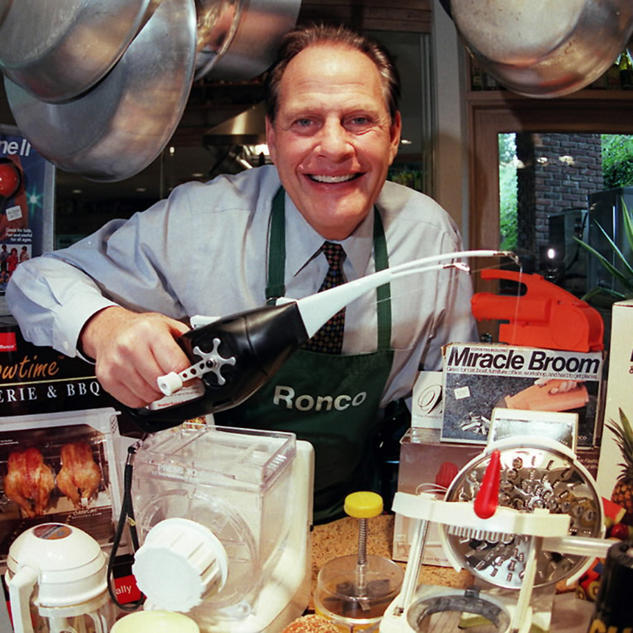Demos Sell!
I was visiting a company recently, they had a full court press on doing demos. People were measured on the number of demos they were doing, they had created a contest around who did the most demos, they had banners and buttons around the Demos Sell theme.
There was a problem—which was the reason I was visiting the company. Clearly, the sales people were selling demos, but they weren’t getting PO’s.
I asked to sit in a couple of the demos to see what was happening. I had my suspicions, but I wanted to see the demo.
My suspicions were confirmed. Every demo I saw went along the same theme, “Here’s all the cool stuff our product does!”
Sales people would regale customers with functions, feeds, speeds. They would toss in a lot of sizzle, they would demonstrate one or two killer features–the one’s the competition would struggle to demonstrate. And then the demo would be over.
Ron Popeil would have been proud of how polished their demos were.
They’d answer any questions, they’d thank the customer. A few would try to close the customer, asking for the order–most of the time with unsuccessful outcomes.
Customers might have responded with “Thanks, that was interesting,” or even an excited, “That’s really cool stuff.” Then they’d go back to doing their jobs.
There were a couple of problems with what they were doing–and why they weren’t producing results. These problems aren’t isolated to them, I see similar things in virtually every demo sales people conduct.
The problem with most demos is they are all about the product. They are designed to show off the capabilities of the product and differentiate it from the alternatives.
Customers usually respond with a big “Ho Hum,” and a yawn—if they’ve taken the time to sit through the demo.
They don’t care about the product, they care about what they do –how to do it better, how to address new opportunities, how to simplify their lives.
For a demo to be effective, the customer has to be front and center. We have to focus on the things the customer cares about–ignoring the 99 other cool things our products do because the customer doesn’t care about them.
We show only what they care about, tying the demo directly to their issues and what the solutions does to address those issues. And we stop there. We resist the temptation to show all the bells and whistles–they are distracting, confusing an irrelevant.
Many years ago, in competing on a several $100M deal, I saw one of the most effective demos I’d ever seen. The sales team was speaking to a group of design engineer at GM. They were talking about a very complex body surfacing problem.
The engineers shared the way they currently did it, the problems it created, how much time it took, the errors, the “do-overs,” and the challenges of translating the design into a drawing. They brought one of their most challenging parts with them.
The sales team did a remarkable thing. They sat down, with the engineers watching, and they designed the part. They did in a few hours, what had taken the engineers weeks. They stopped there. There were 100’s more “features and functions” they could have demonstrated. Instead they focused on solving the customer’s problem.
They had a lot more to do to win the deal, but in that demo, they won those engineers.
If your demo doesn’t focus directly on your customer’s biggest problem, then you are demoing the wrong thing.

Leave a Reply